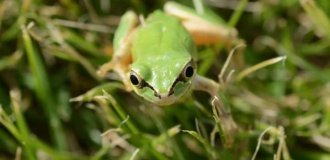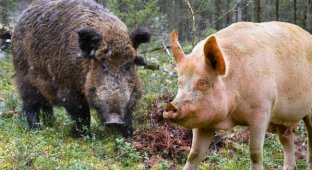Spiders cause fear to many people. This arachnophobia is a deep instinct, preserved from those immemorial times when primitive people lived in caves, where sometimes not harmless arthropods were found. However, spiders are very diverse, and among them there are many amazing creatures. 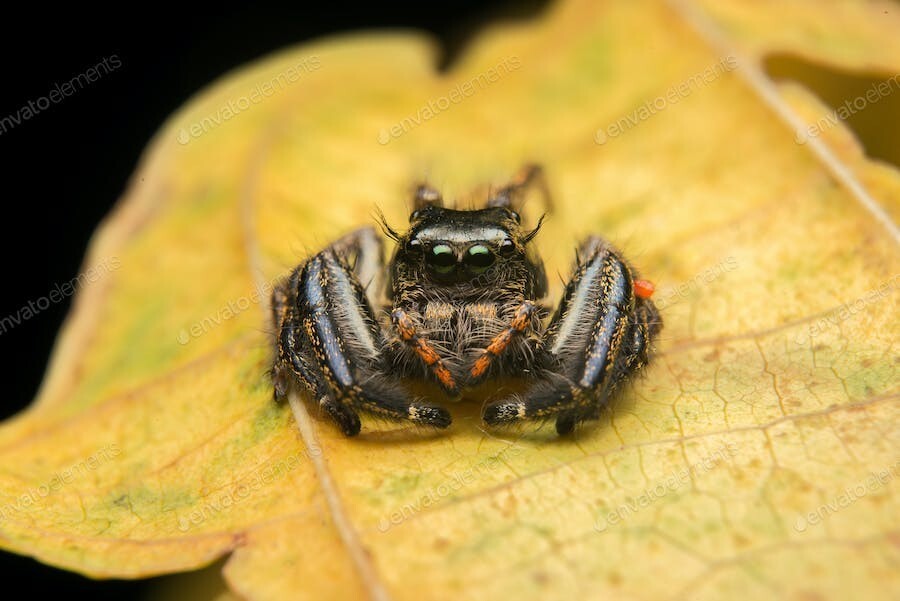
1. There are more than 45,000 known species of spiders on Earth. They inhabit every continent except Antarctica and are present in a variety of ecosystems, from jungles to deserts.
2. Not all spiders build webs. Those that do use their webs for a variety of purposes: catching prey, creating shelter, or even for travel (some baby spiders can "fly" on their webs using the wind). Spider silk is one of the strongest natural materials, and its amazing properties have attracted the attention of researchers.
3. Most spiders have poison, but not all of them pose a danger to humans. Of the thousands of species of spiders, only a few dozen can bite a person in a way that causes serious symptoms. 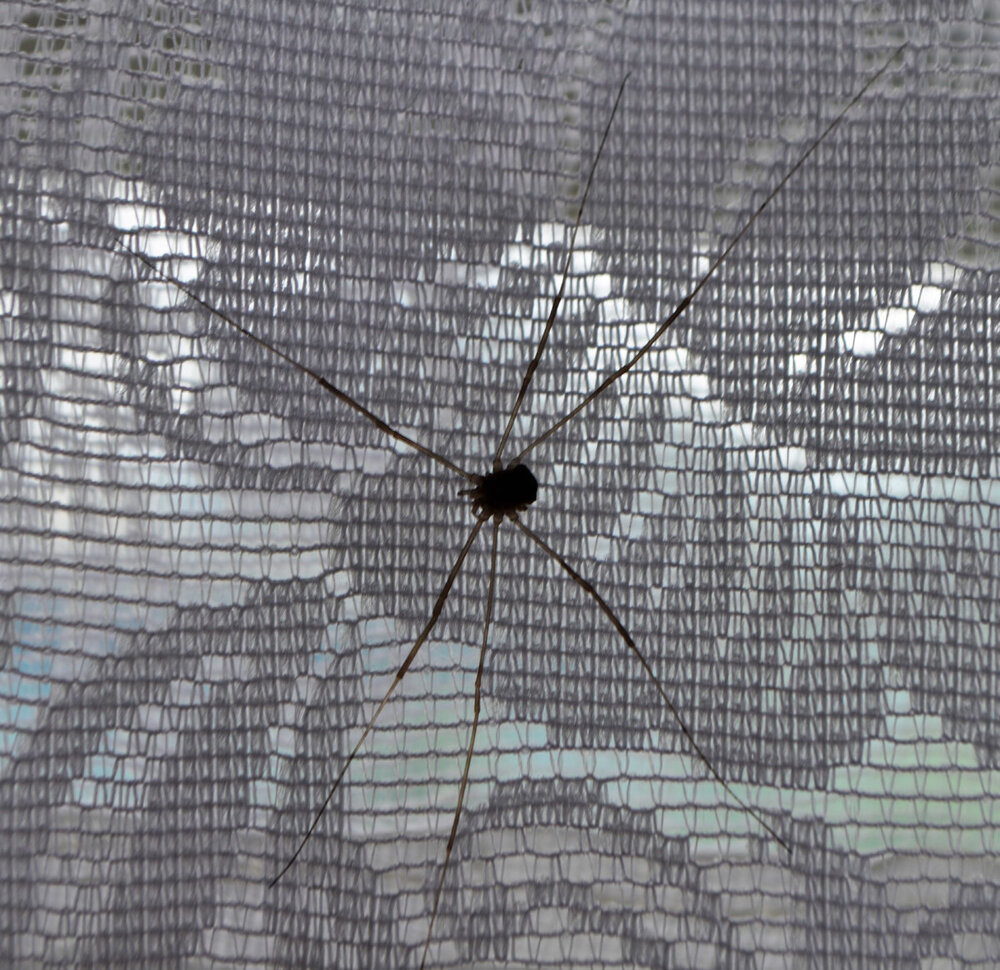
4. Most spiders have eight eyes, although their number and location may vary depending on the species. For example, racing horses have a particularly developed front central eye, which gives them excellent binocular vision.
5. Male spiders are often much smaller than females and use special organs called pedipalps to transfer sperm to the female. In some species, after mating, the female may eat the male.
6. Spiders are carnivores and their main diet consists of insects and other small animals. They use venom to paralyze or kill prey. Fun fact: Spiders cannot eat solid food. They inject ferrous enzymes into their prey to dissolve it from the inside, and then drink the resulting “soup.” 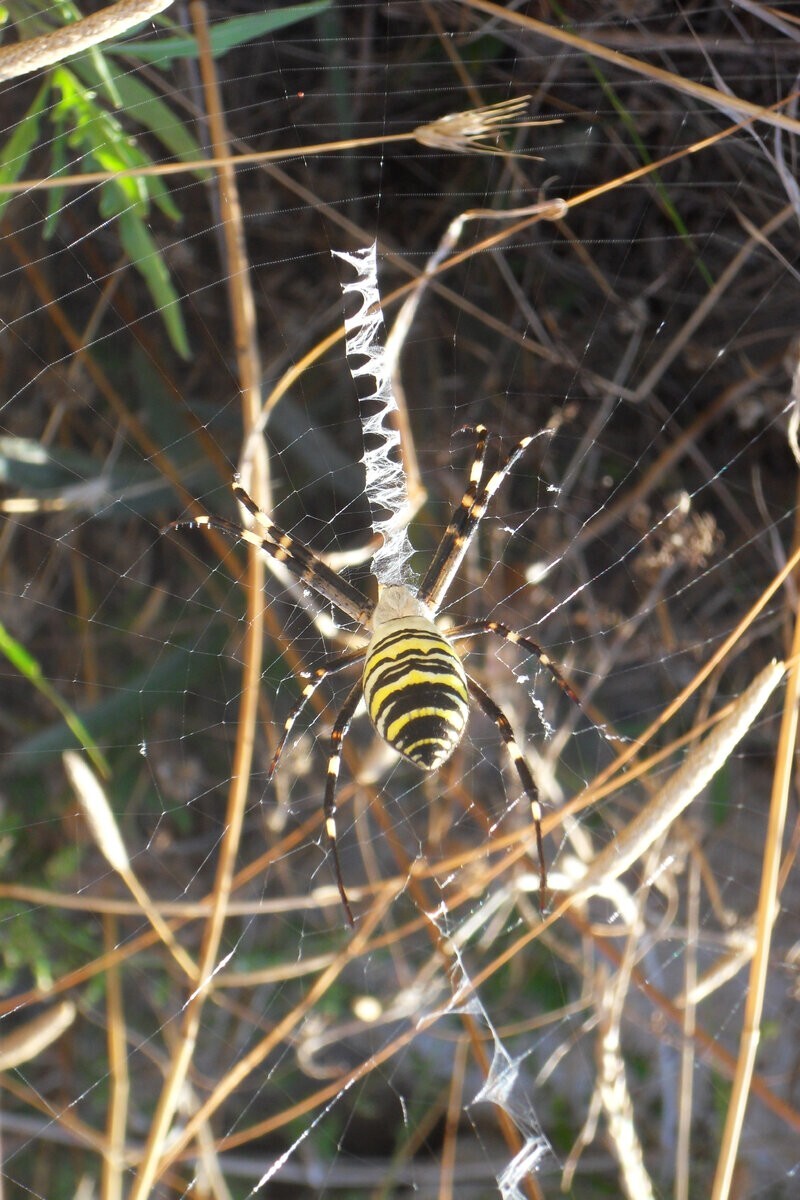
7. Like many other arthropods, spiders molt regularly, a process during which they shed their outer skin to grow or heal damage. Young spiders may molt several times before reaching adulthood.
8. Spiders have special organs called Jacobson's organs that allow them to sense vibrations in their web, warning them of approaching prey or a potential threat.
9. One of the most famous species of spiders is the tarantula. They belong to the subfamily of avian spiders and are famous for their large size. Some species of tarantulas have colorful and furry bodies. 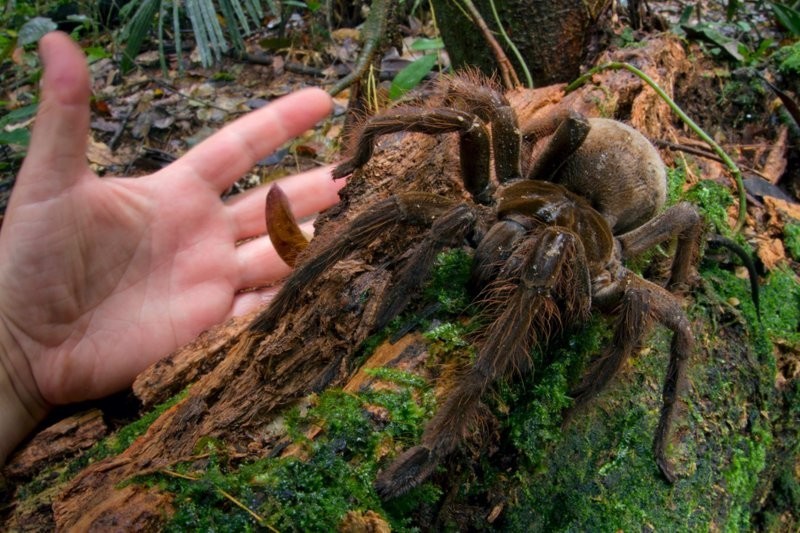
10. Although most spiders prefer land, there are several species adapted to aquatic life. For example, the swimming spider (Dolomedes) can “walk” on water due to its water-repellent surface and even hunt fish.
11. Although most spiders are solitary, there are several species that form social colonies. These spiders work together to build webs, catch prey, and even care for their young.
12. Some spiders have the ability to camouflage themselves with their environment. For example, crab spiders can mimic the appearance of petals or fruit to ambush prey or evade predators. 
13. Spiders from the jumping family have excellent vision and can make fast and accurate jumps, thanks to their special body structure. They do not depend on webs to catch prey and instead actively hunt by jumping on their victims.
14. The lifespan of spiders varies from several months to several years, depending on the species. Some large species, such as tarantulas, can live for decades in captivity.
15. Spiders often use pheromones—chemical signals—to attract mates. Females can secrete pheromones to attract males for mating.
16. Some spiders that live in caves or other dark places have lost their eyes over time and rely solely on their other senses. 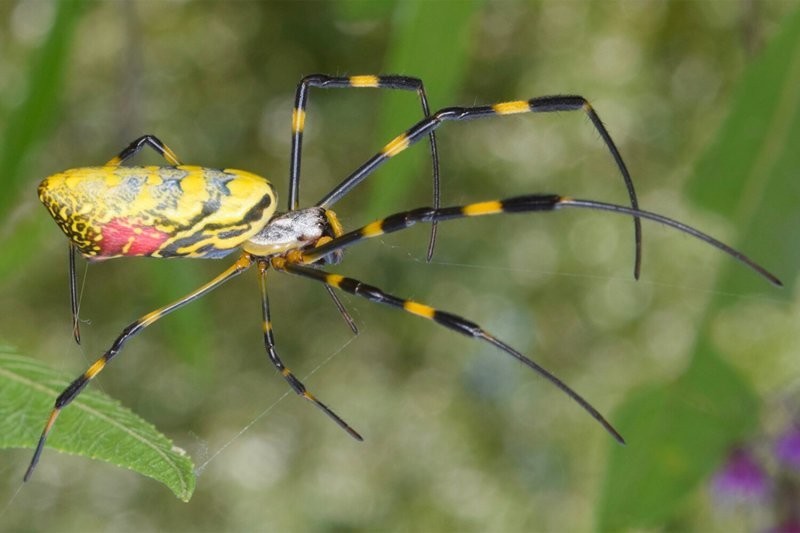
17. The largest spider in terms of weight and body length is the blondie teraposa, or giant bird spider. Its length can reach 30 cm, taking into account the paw span. On the other hand, the smallest spiders can be only a few millimeters in size.
18. World FamousThe vampire spider (Dysdera crocata) feeds exclusively on tree insects, which contain hemolymph (an analogue of blood in arthropods). It has elongated chelicerae to pierce the tough membrane of its victims.
19. There are spiders that use their web not only as a trap, but also as a shelter. They create small "dumplings" or tunnels of webs and wait inside until their prey gets close enough.
20. When faced with a threat, spiders can use a variety of strategies to protect themselves, from quickly fleeing to playing dead. Some species may even shoot their web at a predator in an attempt to confuse or scare it away. 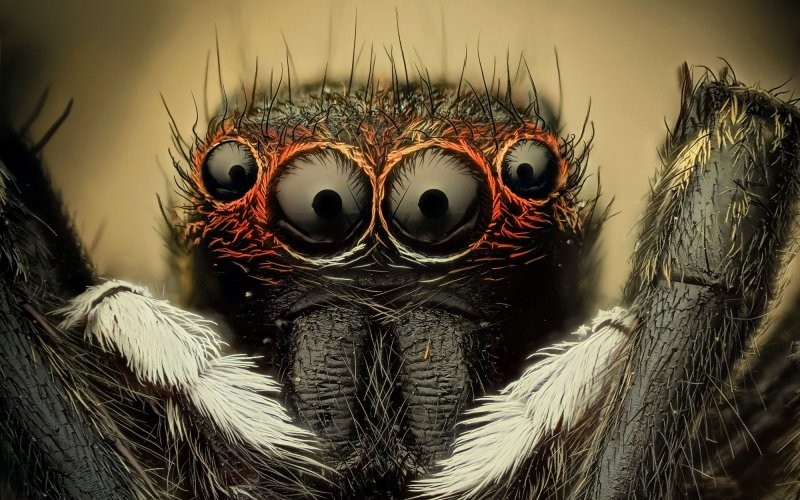
Add your comment
You might be interested in:




